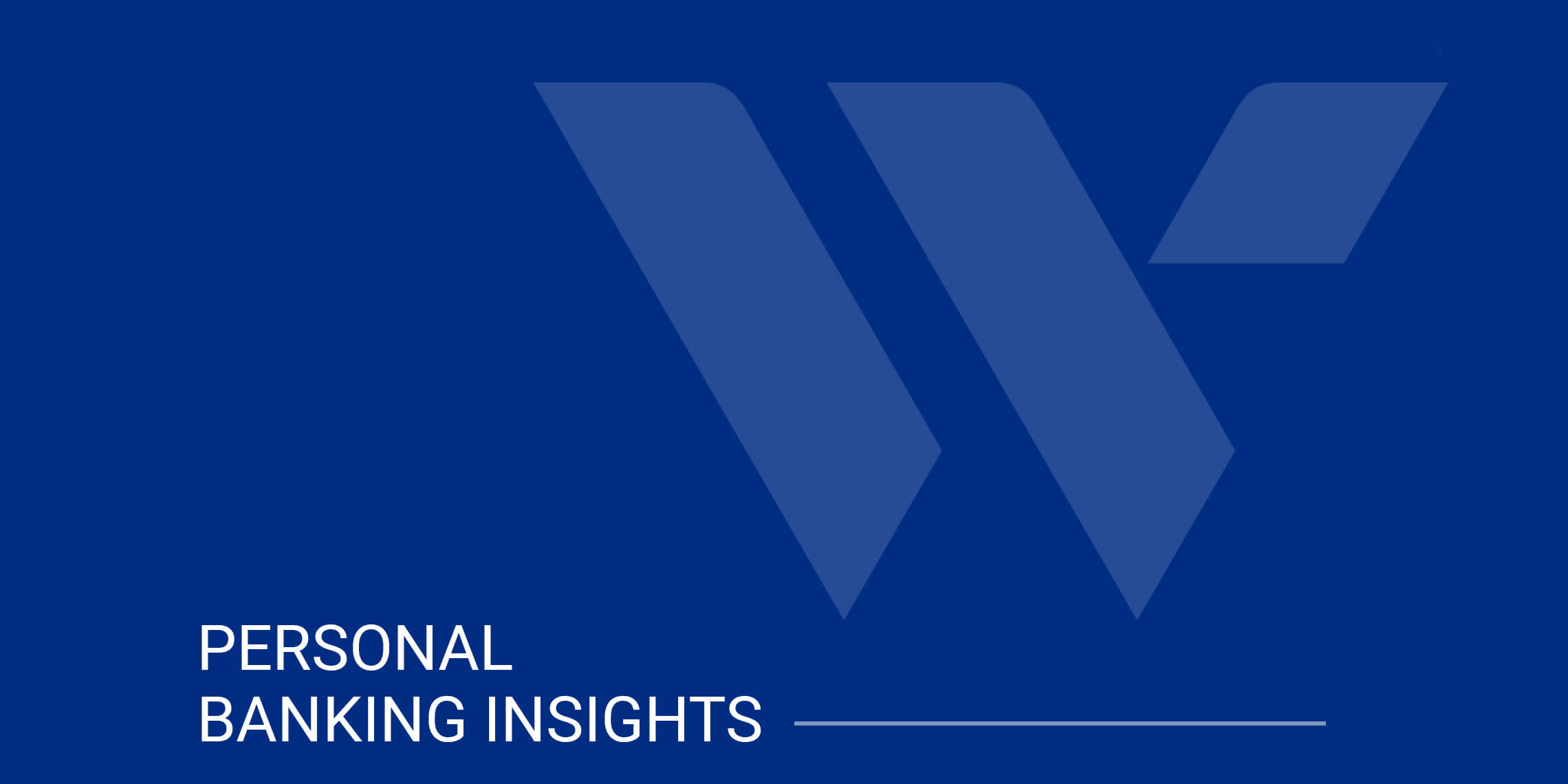
Published on March 30, 2020 | 3 min read | Webster Bank
Keeping track of your finances can be a hassle; it can even cause anxiety as you focus on staying on top of your funds, avoiding unnecessary fees, and most importantly, protecting yourself from fraud. Here is a handy list showing how you can use online banking to help you avoid all of that.
Before you make a big purchase, it’s a good idea to make sure that the money is there to cover your transaction. While you are in the checkout line or before you head to the store, take a few seconds to check your available balance. If you are using our mobile app, simply click on the ‘i’ next to your balance to see your available balance. If the money is there, you can buy with confidence. If it is not, you can save the trip and avoid an overdraft fee. Or, if you have other accounts with the funds, you can always transfer the money to cover the transaction.
A good practice to get into is checking your statement regularly to make sure all your transactions are legitimate. Waiting for only your monthly statement to check your accounts could mean missing a fraudulent transaction. In fact, most crooks are banking (pun intended) on you never look at your statement. Use Mobile Banking at least once a week for a quick check on your transactions. If you are not sure about a payment description, a good place to start is to Google the name of the payee. In most cases, you will find out that you recognize who it is. If you are worried, reach out to your banker and they can investigate the transaction for you.
Separating your accounts based on usage can provide an easy way to get a bird’s eye view of your finances. For example, one checking account can be for bills and other “must pay” items and then setup an automatic transfer into a “play” account for entertainment activities and fun purchases.
You can apply the same strategy to saving s account. Saving for something specific? Open a basic account and set a goal for yourself that you’re going to save a certain amount. Once you reach the balance you need (use a high balance notification to be alerted when it happens), you can make that purchase.
If you need to get control of your finances, a low balance notification is a must do. A low balance notification sends you a message to your phone lock screen, email or messaging app when your balance reaches a threshold you set. It’s important to set that threshold to give yourself enough room to avoid overdrawing your account but also low enough that you change your behavior once you get it. Don’t stop with balance notifications. For example, set alerts on your recurring bill payments to remind you to make sure they have been funded. That monthly rent/mortgage payment is a great example. A notification two or three days in advance lets you make sure you will have enough in the account to cover the transaction.